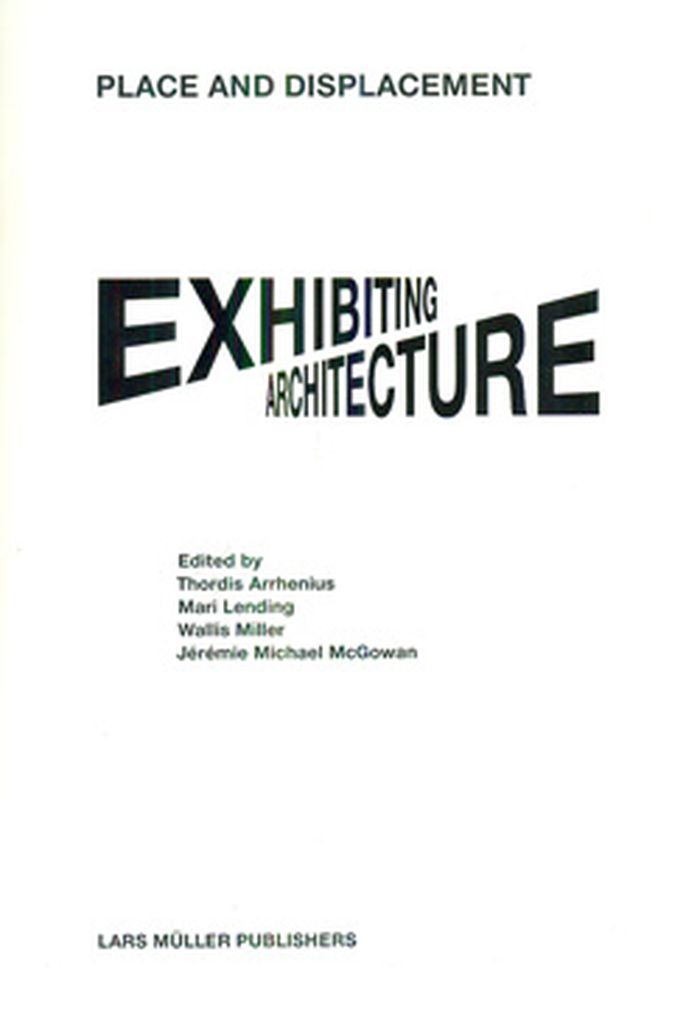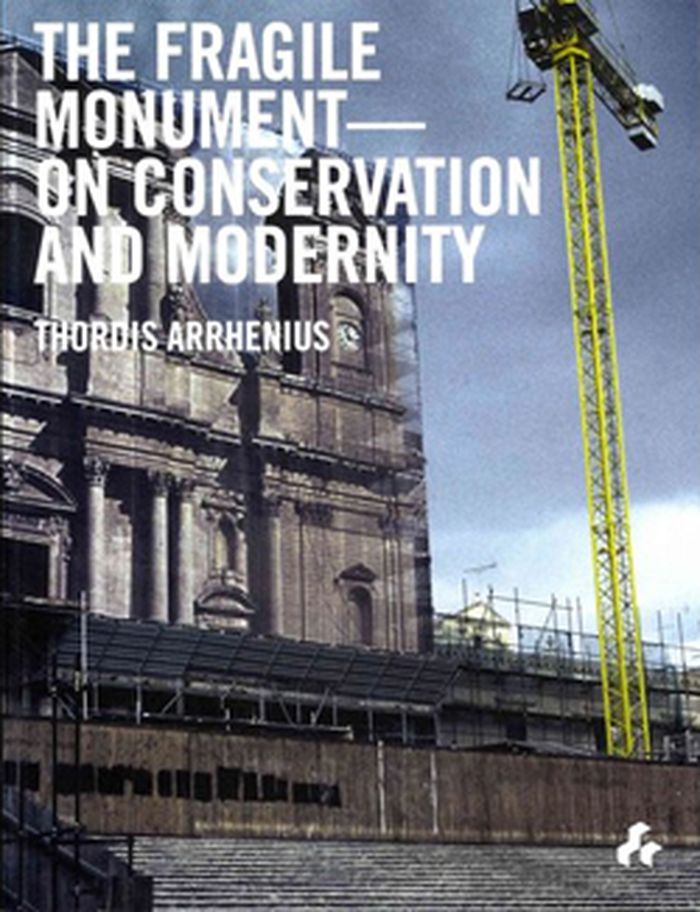$67.50
(disponible sur commande)
Résumé:
Place and Displacement: Exhibiting Architecture investigates historical and con temporary practices of displaying architecture, whether in full scale or as fragments, models, or two-dimensional representations. Exploring questions of circulation and temporality, issues of institution and canon, and the discourse and politics of architectural spaces on exhibit, the book's(...)
Place and displacement: exhibiting architecture
Actions:
Prix:
$67.50
(disponible sur commande)
Résumé:
Place and Displacement: Exhibiting Architecture investigates historical and con temporary practices of displaying architecture, whether in full scale or as fragments, models, or two-dimensional representations. Exploring questions of circulation and temporality, issues of institution and canon, and the discourse and politics of architectural spaces on exhibit, the book's essays discuss the ambiguous status of architecture as an object of display.
Muséologie
$34.95
(disponible sur commande)
Résumé:
The Fragile Monument is a study of the discourse of conservation and its effect on the notion and role of the monument in contemporary western society. Through a revisionist account of the history of conservation, the book explores how the monument has been transformed from an object that originally communicated permanence to an object that is perceived as fragile and in(...)
septembre 2011
The fragile monument : on conservation and modernity
Actions:
Prix:
$34.95
(disponible sur commande)
Résumé:
The Fragile Monument is a study of the discourse of conservation and its effect on the notion and role of the monument in contemporary western society. Through a revisionist account of the history of conservation, the book explores how the monument has been transformed from an object that originally communicated permanence to an object that is perceived as fragile and in need of protection. The argument put forward is that the expansion and popularisation of conservation is bound to a narrative of loss and danger that reveals a paradoxical relationship between destruction and preservation. In a series of case-studies the book shows how spatial devices have been used to negotiate this paradox and how this use of space has contributed to the defining of the monument as an object of conservation.

